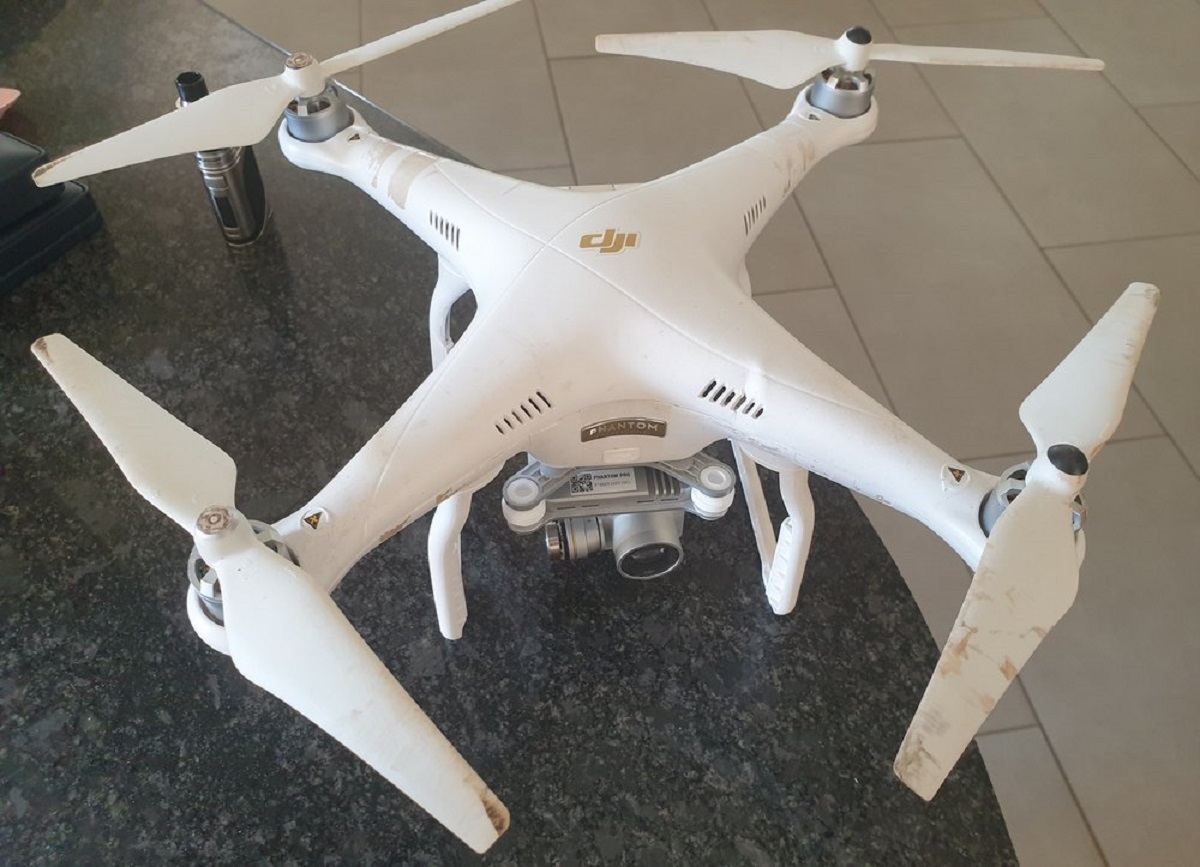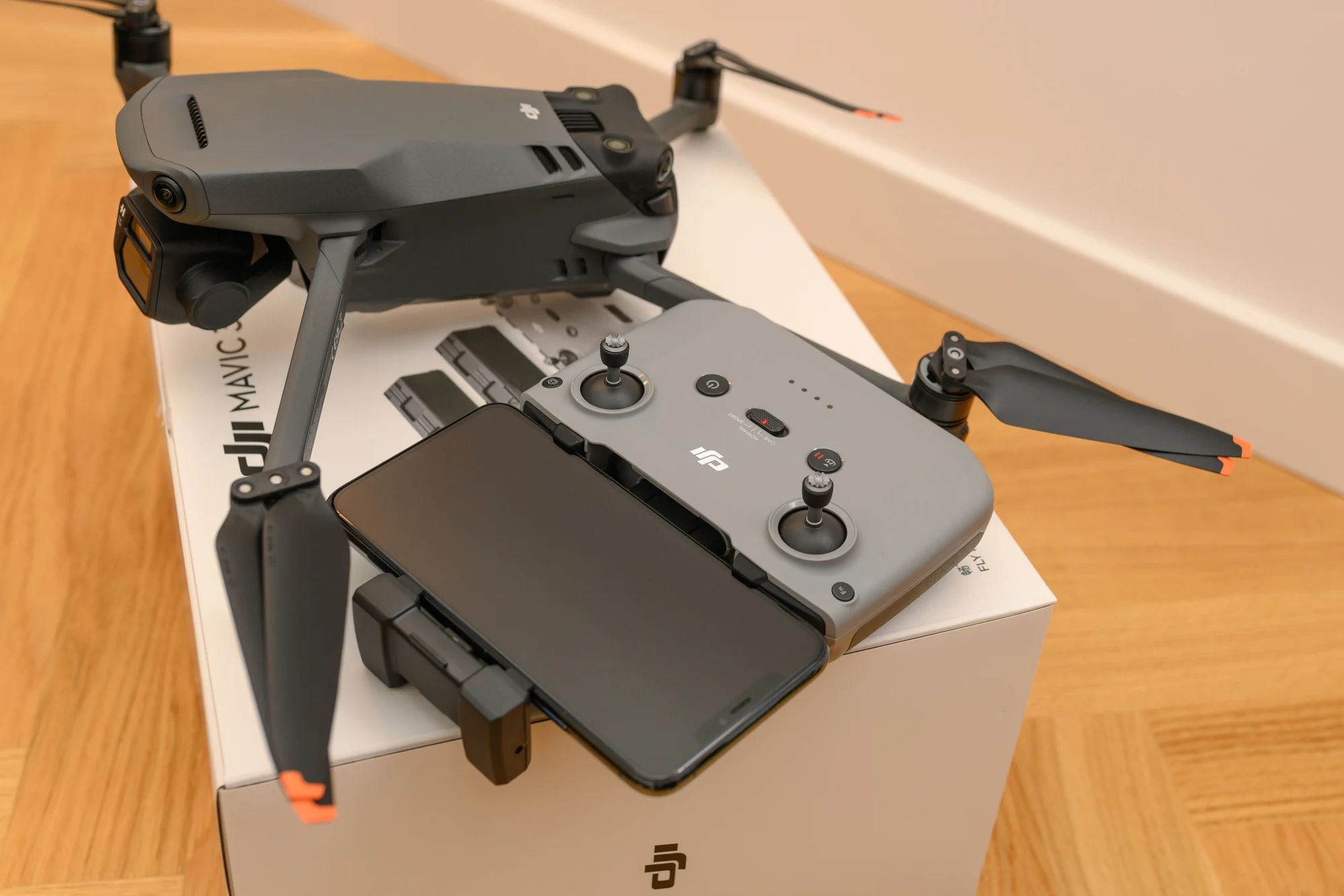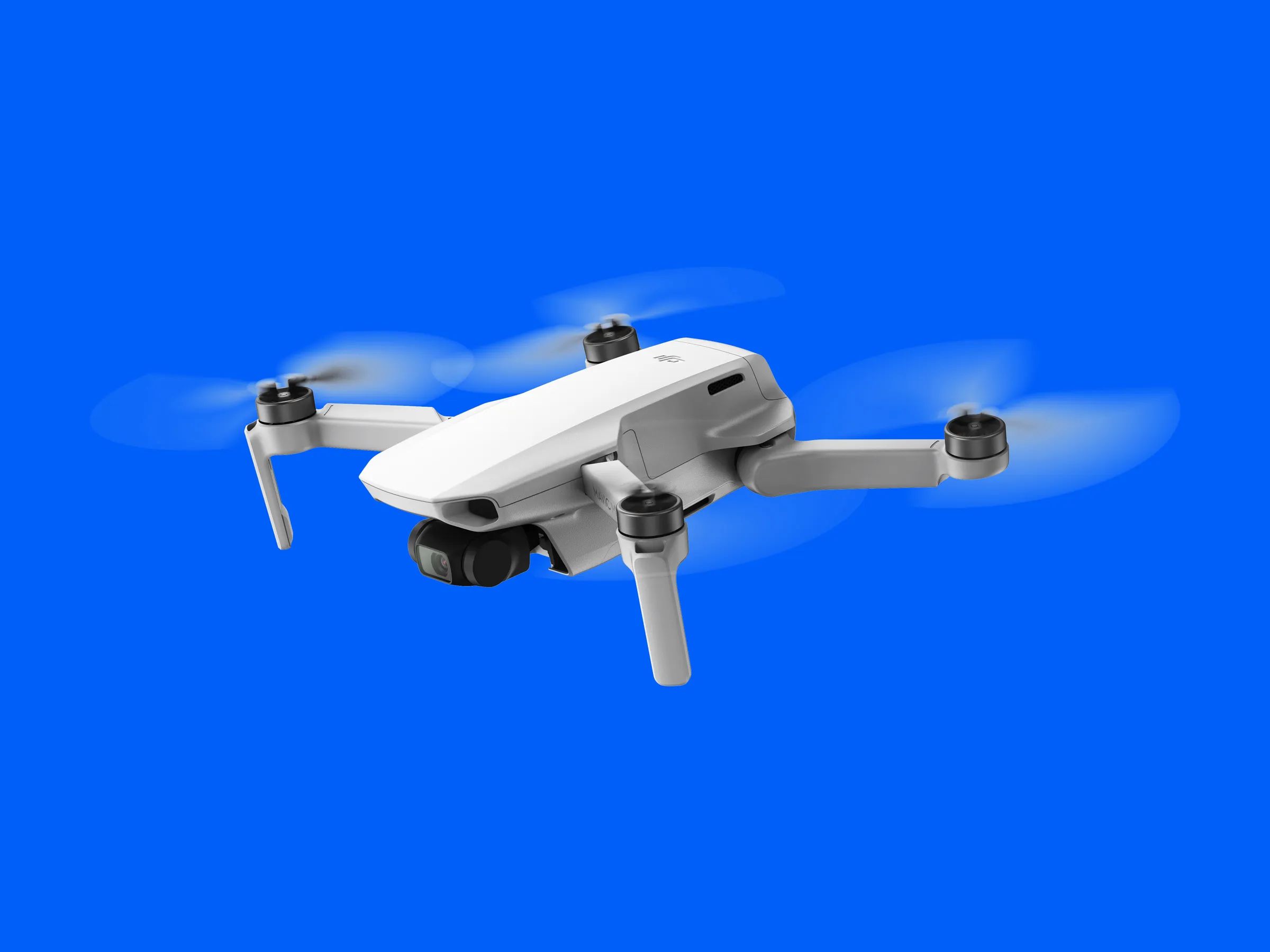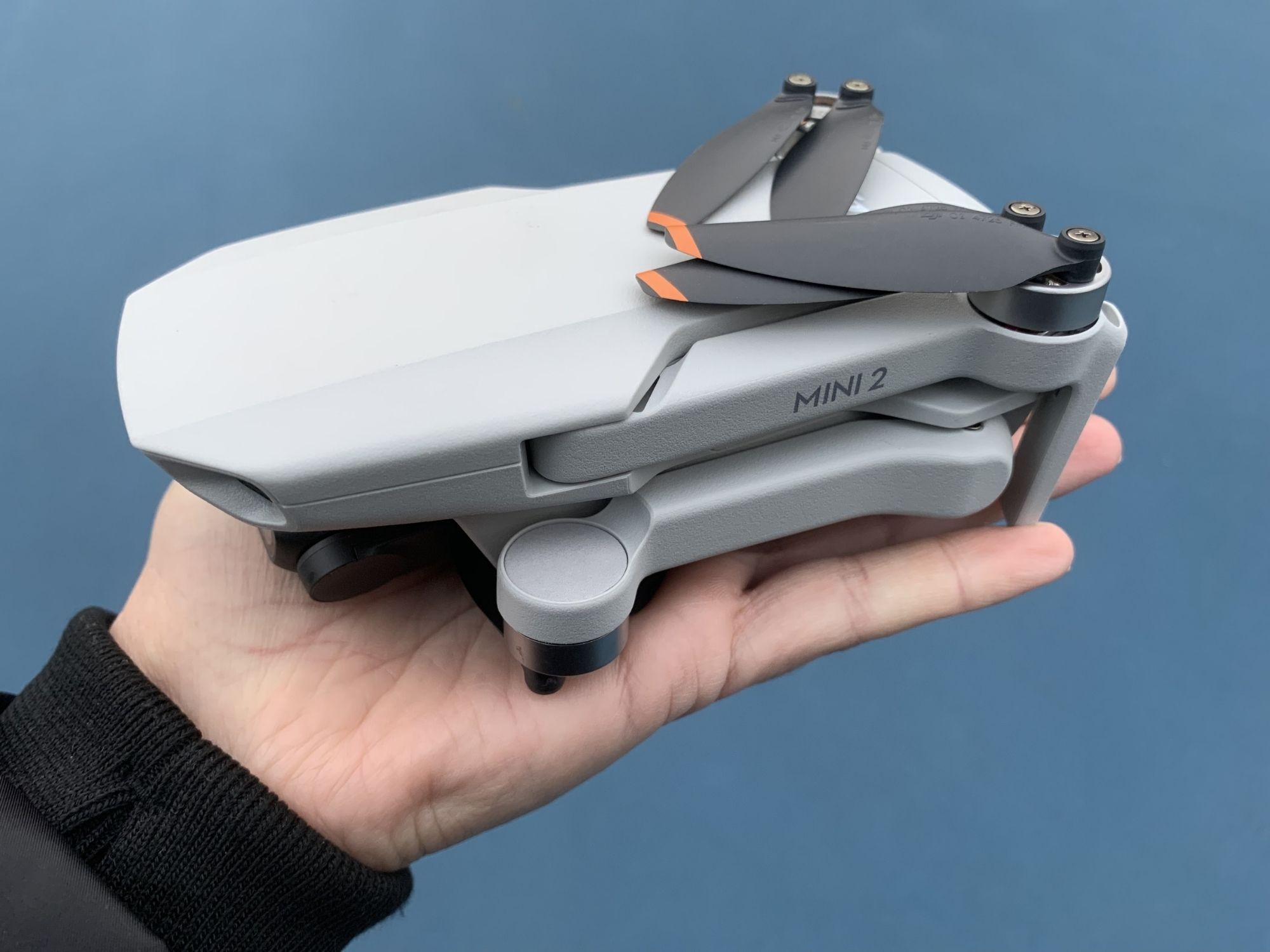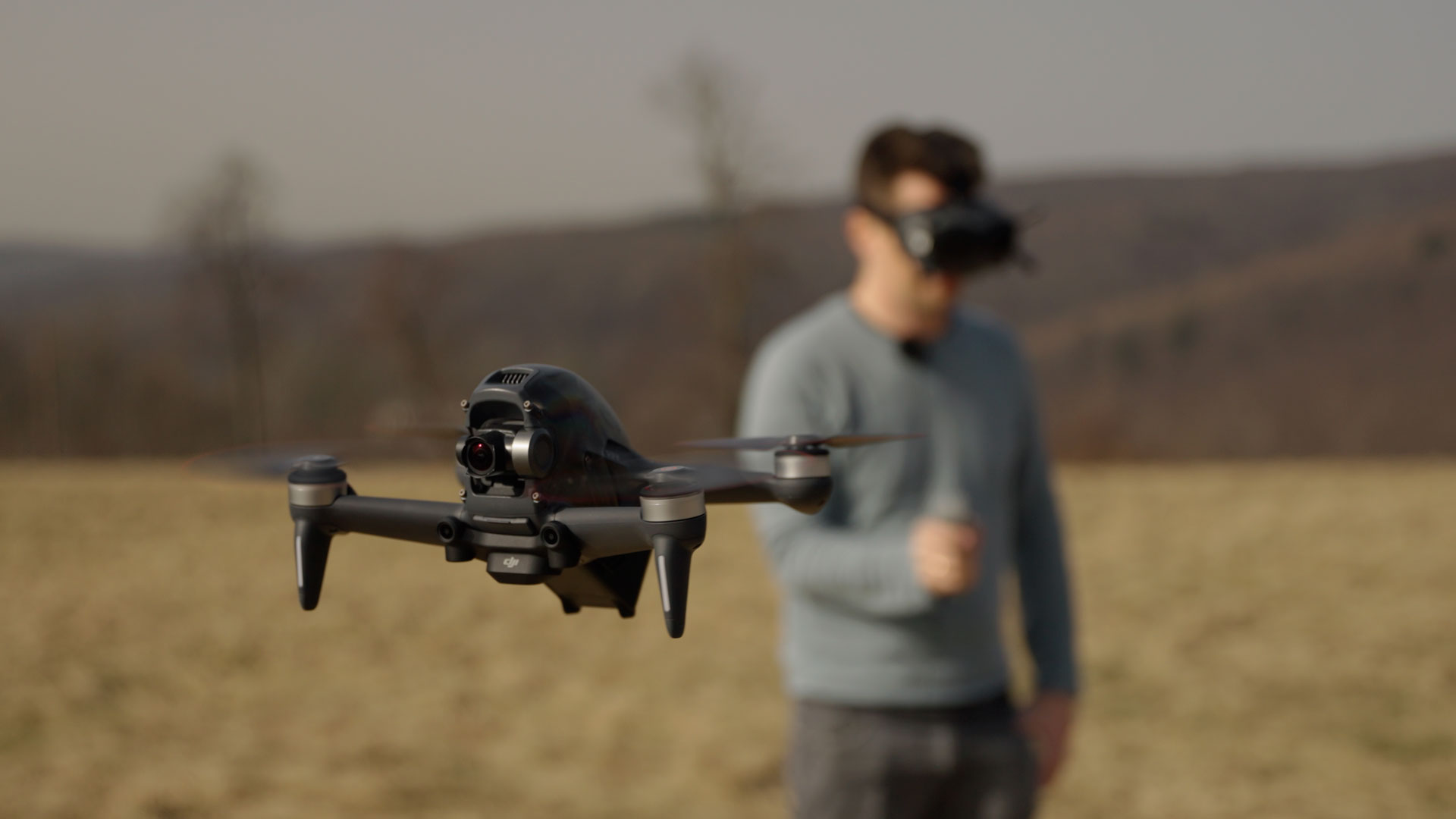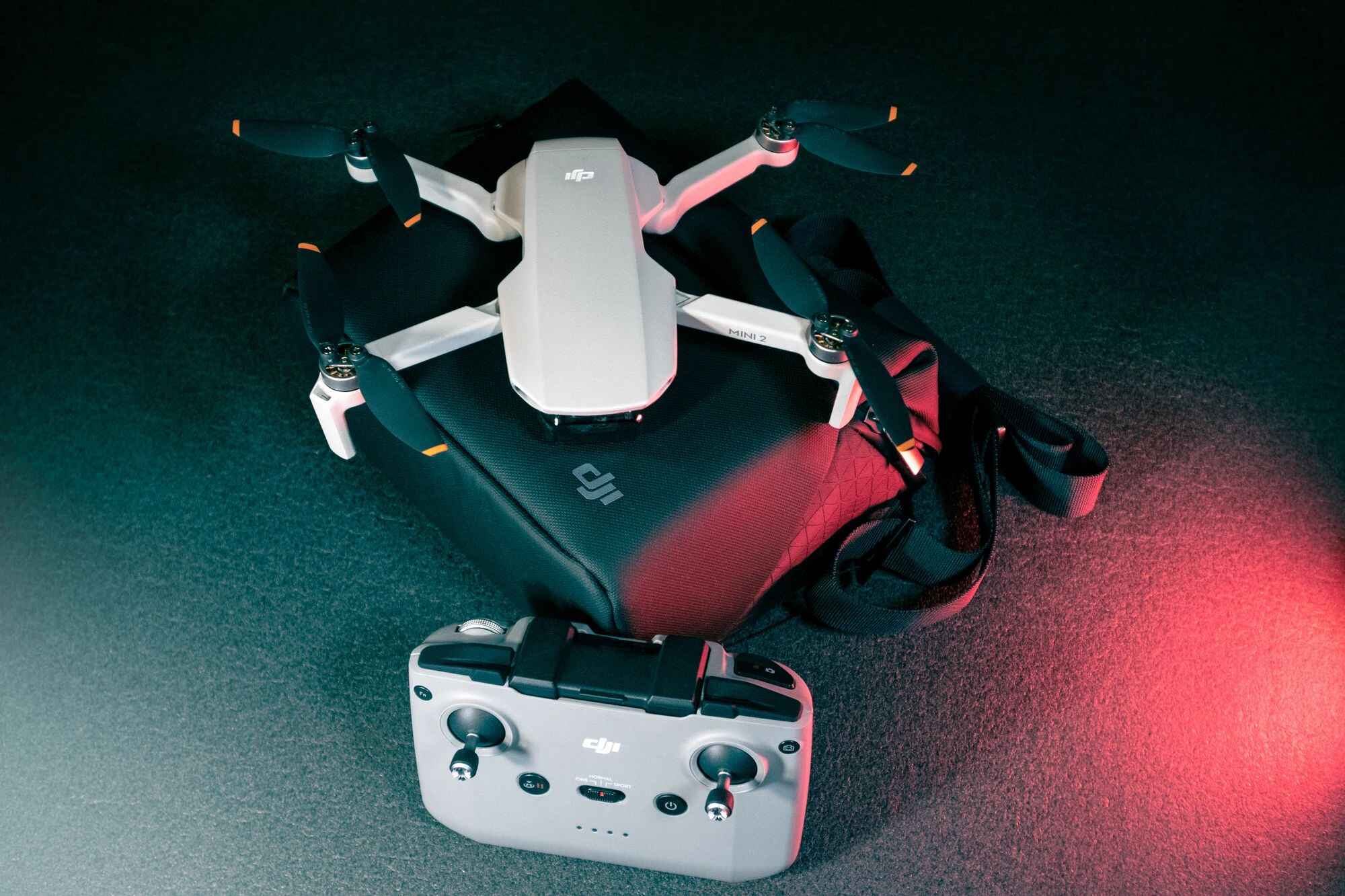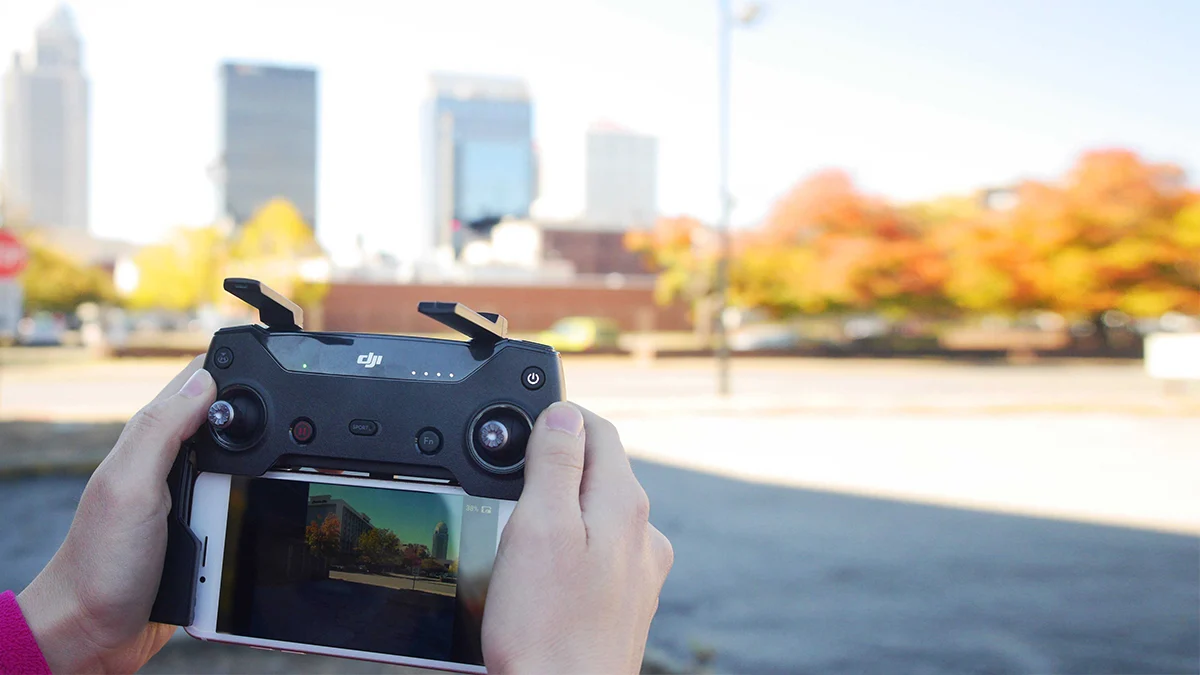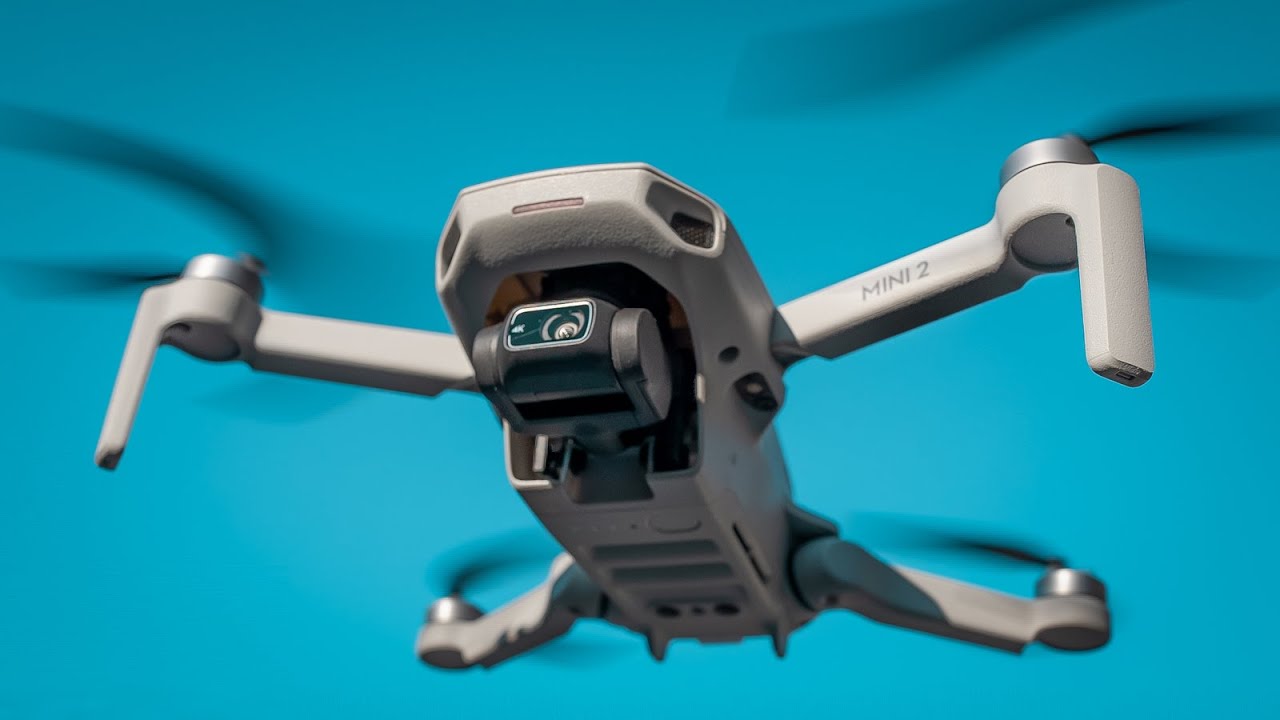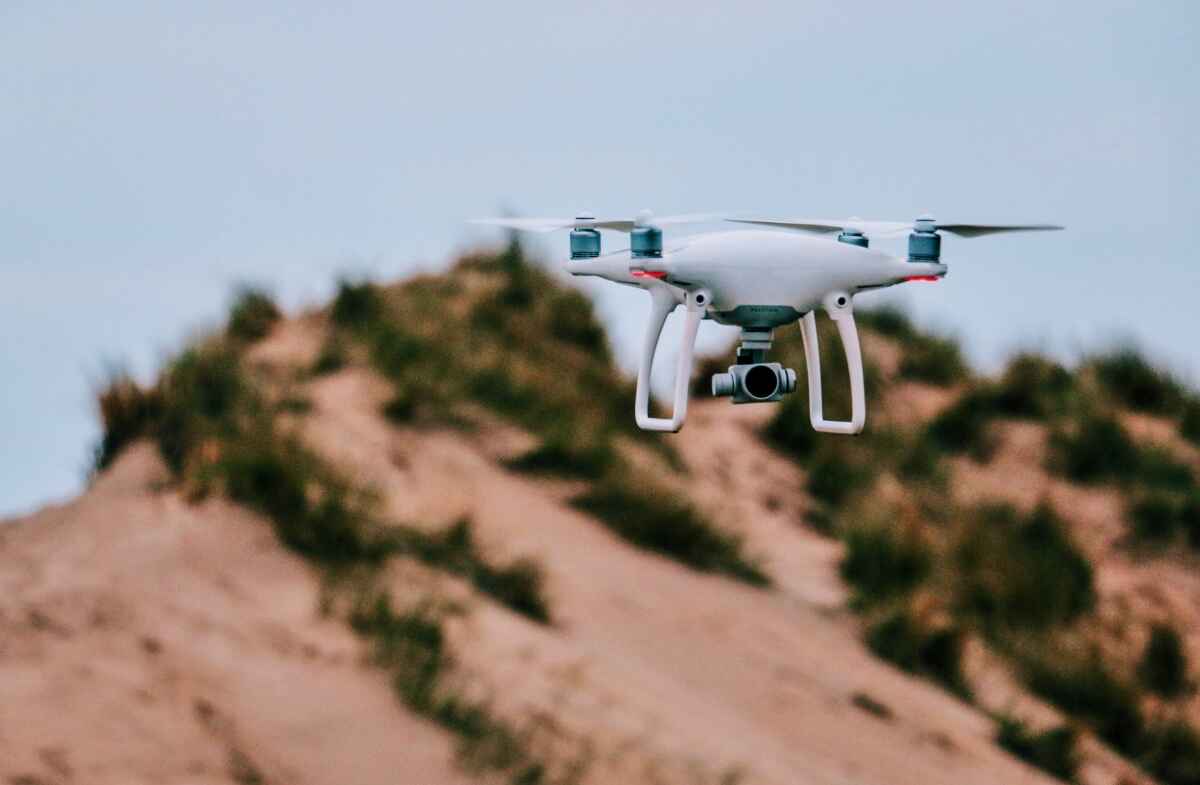Introduction
When it comes to flying drones, understanding the intricate technology that powers them is essential. One important component that plays a crucial role in the stability and performance of DJI drones is the Inertial Measurement Unit (IMU). The IMU is a key sensor system that provides vital information to the drone’s flight controller, allowing it to maintain stability, maneuver effectively, and perform various flight maneuvers. In this article, we will delve into the world of IMU on DJI drones and explore its significance in ensuring a smooth and safe flying experience.
As drone technology continues to advance, the need for precise flight control becomes even more critical. The IMU serves as the “brain” of the drone, constantly monitoring and adjusting its position, orientation, and movement. By utilizing a combination of sensors such as accelerometers, gyroscopes, and magnetometers, the IMU can accurately measure the drone’s acceleration, rotation rate, and magnetic field. This data is then processed by the flight controller to make real-time adjustments and maintain stable flight.
DJI, a pioneering company in the drone industry, has integrated advanced IMU systems into their drones to ensure smooth and precise flight performance. Whether you are a professional aerial photographer or an enthusiast exploring the world from above, understanding the importance of IMU on your DJI drone is crucial for safe and successful flights.
What is IMU?
The Inertial Measurement Unit (IMU) is a vital component found in DJI drones, responsible for gathering and providing essential data about the drone’s movement and orientation. It is essentially a combination of sensors that work together to capture and measure various parameters of the drone’s motion.
The IMU consists of three main types of sensors: accelerometers, gyroscopes, and magnetometers. Accelerometers measure linear acceleration, allowing the drone to determine its speed and direction of movement. Gyroscopes, on the other hand, measure angular velocity, providing information about the drone’s rotation and orientation in three-dimensional space. Lastly, magnetometers detect the strength and direction of the Earth’s magnetic field, helping the drone to ascertain its compass heading.
By collecting data from these sensors, the IMU provides crucial information to the flight controller, which is essentially the “brain” of the drone. The flight controller utilizes this data to make real-time adjustments to the drone’s motors, ensuring stability, control, and accurate navigation.
It is worth noting that IMUs have become increasingly sophisticated in recent years, thanks to technological advancements. DJI drones are equipped with high-performance IMUs that offer precise and reliable measurements, allowing for responsive flight control under various conditions.
In summary, the IMU on DJI drones is a complex system of sensors that work together to provide data about the drone’s movement and orientation. By utilizing accelerometers, gyroscopes, and magnetometers, the IMU ensures stability, control, and accuracy in flight.
Importance of IMU on DJI Drone
The IMU on DJI drones plays a pivotal role in ensuring stable flight and precise control. Without a properly functioning IMU, the drone’s performance could be compromised, resulting in erratic flight behavior and potential safety hazards. Let’s explore the key reasons why the IMU is of utmost importance on DJI drones.
1. Enhanced Stability: The IMU continuously gathers data about the drone’s motion, orientation, and position. This data is then used by the flight controller to make instantaneous adjustments to the drone’s motors and stabilize its flight. By actively monitoring and correcting deviations, the IMU helps maintain a steady and smooth flight, even in challenging weather conditions or turbulent airspace.
2. Accurate Navigation: Knowing the drone’s exact position and orientation is crucial for safe navigation. The IMU provides the flight controller with precise measurements of acceleration, rotation, and magnetic fields, allowing the drone to accurately determine its location relative to its starting point. This enables the drone to navigate with precision, follow flight plans, and execute complex maneuvers with confidence.
3. Responsive Maneuverability: A well-calibrated IMU ensures that the flight controller receives accurate data about the drone’s attitude, angular velocity, and accelerations. This information enables the drone to respond quickly and precisely to pilot commands, resulting in smooth and controlled movements. Whether it’s capturing cinematic shots or executing precise flight paths, the IMU’s role in maneuverability cannot be overstated.
4. Fault Detection and Redundancy: DJI drones feature advanced IMU systems that incorporate redundancy measures for increased reliability. In the event of a sensor failure or malfunction, the redundant sensors in the IMU can compensate for the loss, ensuring that critical flight data is still available. This redundancy feature adds an extra layer of safety, as any potential issues with one sensor can be mitigated by others in the IMU system.
Overall, the IMU is an essential component of DJI drones, providing vital data for stable flight, accurate navigation, responsive control, and fault detection. It is an integral part of the drone’s safety and performance systems, ensuring a smooth and enjoyable flying experience for pilots of all skill levels.
How Does IMU Work?
The Inertial Measurement Unit (IMU) on DJI drones utilizes a combination of accelerometers, gyroscopes, and magnetometers to gather data about the drone’s movement and orientation. Each sensor serves a specific purpose and works together to provide accurate measurements. Let’s take a closer look at how these sensors function and how the IMU works as a whole.
Accelerometers: Accelerometers measure the linear acceleration of the drone in three axes: X, Y, and Z. They detect any changes in velocity and provide data on the drone’s speed and direction of movement. By continuously monitoring the drone’s acceleration, the accelerometers enable the flight controller to make adjustments and maintain stable flight.
Gyroscopes: Gyroscopes measure the angular velocity of the drone, which indicates its rotation around each axis. They provide information about the drone’s orientation and angular momentum. By tracking the rate of rotation, the gyroscopes help the flight controller stabilize the drone and accurately respond to control inputs.
Magnetometers: Magnetometers detect the Earth’s magnetic field and provide information about the drone’s heading or compass direction. They ensure that the drone has a correct reference point in terms of north, which is crucial for navigation and maintaining a consistent course. The magnetometer compensates for any magnetic interference and provides accurate heading information to the flight controller.
The data collected by these sensors is processed and fused by a microcontroller or onboard computer. Using complex algorithms and calibration techniques, the IMU combines the information from the accelerometers, gyroscopes, and magnetometers to derive precise measurements of the drone’s position, orientation, acceleration, and rotation rates.
The flight controller, which receives this information from the IMU, uses it to make continuous adjustments to the drone’s motors and control surfaces. By analyzing the data in real-time, the flight controller can maintain stability, respond to pilot commands, and compensate for external factors such as wind or sudden movements.
To ensure accurate and reliable performance, it is essential to calibrate the IMU regularly. Calibration involves placing the drone on a level surface and initializing the sensors to establish accurate reference points. This calibration process enables the IMU to provide precise measurements and ensures accurate flight control.
In summary, the IMU on DJI drones combines data from accelerometers, gyroscopes, and magnetometers to provide crucial information about the drone’s movement and orientation. This data is processed by the flight controller, allowing for stable flight, responsive control, and accurate navigation.
IMU Calibration
Calibrating the IMU on your DJI drone is an essential step in ensuring accurate flight performance and reliable data. IMU calibration is the process of initializing and aligning the sensors within the IMU system to establish accurate reference points. Let’s explore the importance of IMU calibration and the steps involved in the calibration process.
The primary purpose of IMU calibration is to ensure that the sensors within the IMU system are providing accurate measurements of the drone’s movement, orientation, and acceleration. Over time, external factors such as temperature changes or physical impacts can affect the sensor readings, resulting in inaccuracies. IMU calibration helps to mitigate these issues and ensures reliable flight data.
The calibration process typically involves the following steps:
- Find a level surface: Start by placing your drone on a flat and level surface. This could be a table, floor, or any other stable surface. It is important to ensure that the surface is truly level to establish accurate reference points.
- Access the DJI GO app: Open the DJI GO app on your mobile device or tablet and connect to your drone.
- Enter the calibration menu: Look for the IMU calibration option within the app. The exact location and naming of this option may vary depending on the DJI drone model and firmware version.
- Follow the on-screen instructions: Once in the IMU calibration menu, carefully follow the on-screen instructions provided by the app. This usually involves keeping the drone stationary and level while it performs the calibration process.
- Complete the calibration: Wait for the calibration process to complete. This may take a few minutes. Once finished, you should receive a notification indicating that the IMU calibration was successful.
- Verify the calibration: After the calibration is complete, it is recommended to perform a quick test flight in a controlled environment to ensure that the IMU is providing accurate and stable data. Pay attention to the drone’s stability, responsiveness, and overall flight performance.
It is important to note that IMU calibration may need to be performed periodically or after major firmware updates. Changes in environmental conditions or physical impact to the drone can also necessitate recalibration. Always refer to the manufacturer’s guidelines and instructions specific to your DJI drone model.
By regularly calibrating the IMU, you can ensure that your DJI drone is operating with accurate flight data and maximum stability. This will help provide a smooth and reliable flying experience, enabling you to capture stunning aerial footage and explore the skies with confidence.
IMU Error and Troubleshooting
While the IMU on DJI drones is designed to provide accurate flight data and stability, like any technology, it can encounter errors or issues. Understanding common IMU errors and troubleshooting methods can help you identify and resolve these problems effectively. Let’s explore some typical IMU errors and how to troubleshoot them.
1. IMU Calibration Failed: If you encounter an error message stating that the IMU calibration failed, there could be a few reasons for this. Ensure that you are calibrating on a flat and level surface and following the calibration process correctly. If the issue persists, try restarting the drone and the controller, and attempt the calibration again. Updating the drone’s firmware to the latest version can also help resolve calibration failures.
2. IMU Drift: IMU drift refers to the gradual deviation in position or orientation over time, even when the drone is stationary. If you notice drift in the flight path or unstable hovering, it may indicate an IMU issue. Attempt recalibrating the IMU following the manufacturer’s guidelines. Ensure that the environment is free from magnetic interference, as this can affect the accuracy of the magnetometer readings.
3. Compass Errors: Sometimes, IMU errors can be related to the drone’s compass. If you receive compass errors or messages indicating compass calibration is required, it could impact the IMU’s accuracy. Follow the instructions in the DJI GO app to calibrate the compass properly. Avoid calibrating the compass near any metallic objects or strong magnetic fields.
4. Temperature and Environmental Factors: Extreme temperature changes or flying in challenging environmental conditions can affect the IMU’s performance. Avoid flying the drone in extremely hot or cold conditions, as these temperature extremes can impact sensor readings. If you notice unusual behavior in the IMU, allow the drone to acclimate to the ambient temperature before flying again.
5. Professional Assistance: If you have tried troubleshooting the IMU errors and the issues persist, it may be necessary to seek professional assistance. Contact DJI customer support or consult with an authorized service center for further guidance and assistance in resolving the IMU issues.
Remember to always follow the manufacturer’s guidelines and instructions specific to your DJI drone model when troubleshooting IMU errors. Regular firmware updates and proper maintenance can also minimize the occurrence of IMU errors. By addressing and resolving IMU issues, you can ensure the drone’s flight stability, accurate data, and a safe flying experience.
Conclusion
The Inertial Measurement Unit (IMU) is a crucial component of DJI drones, responsible for providing accurate flight data, ensuring stability, and facilitating precise control. By incorporating a combination of accelerometers, gyroscopes, and magnetometers, the IMU enables the drone to maintain stable flight, navigate accurately, and respond swiftly to control inputs.
Understanding the importance of the IMU and its role in the drone’s performance is vital for pilots of all skill levels. By calibrating the IMU regularly and troubleshooting any errors or issues that may arise, you can ensure accurate flight data, stable flight characteristics, and a safe flying experience.
From enhancing stability and maneuverability to enabling accurate navigation and fault detection, the IMU plays a pivotal role in delivering a seamless and enjoyable drone flying experience. DJI’s commitment to incorporating advanced IMU technology into their drones ensures that pilots can fly with confidence, capture breathtaking aerial footage, and explore new horizons.
As technology continues to evolve, the IMU will remain a critical component in the ongoing advancements of drone technology. By staying informed about IMU functionality and best practices, you can maximize the performance and capabilities of your DJI drone, unlocking new possibilities in aerial photography, videography, and exploration.
So, whether you are a professional aerial photographer looking to capture stunning imagery or an enthusiastic hobbyist keen on exploring the world from above, understanding and appreciating the importance of the IMU on your DJI drone is essential for safe, stable, and precise flights.







